This week, I explored Burlington with a friend in hopes of identifying wildlife as the weather warmed. I observed several flocks of birds on the UVM campus, but the majority of my sightings were in downtown Burlington and along the waterfront of Lake Champlain. INaturalist made every new sighting feel like an accomplishment and I really enjoyed seeing my peers’ observations as well.
Sightings
On campus:
- American Crows
- Canada Geese
- Ring-billed Gull
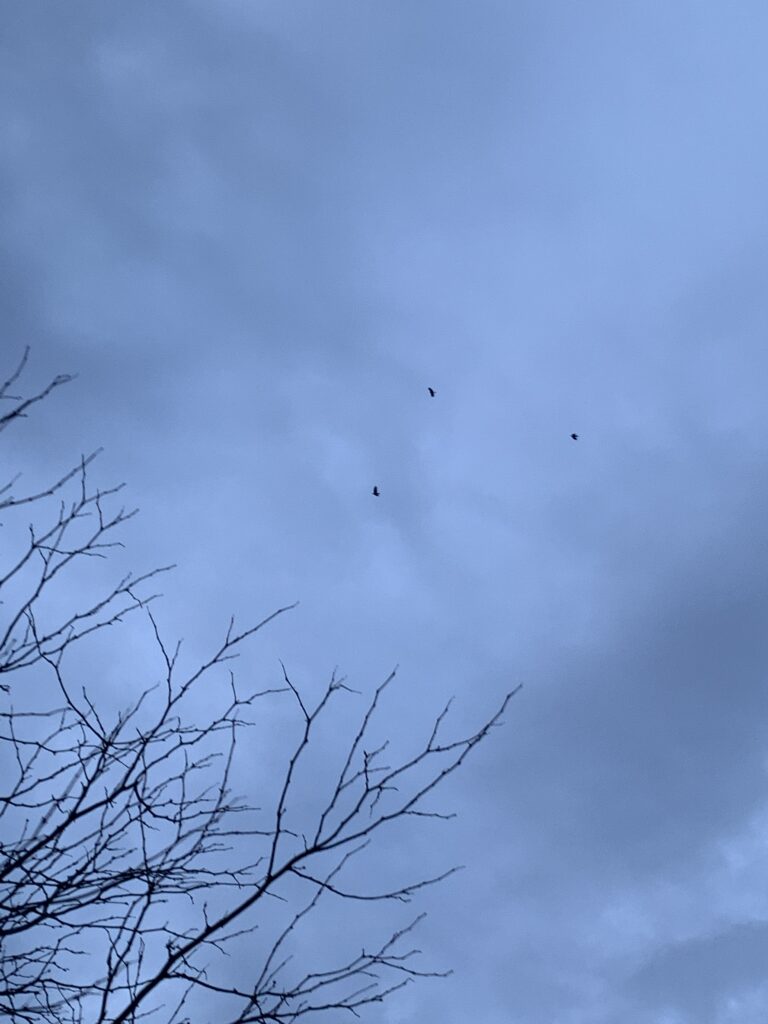
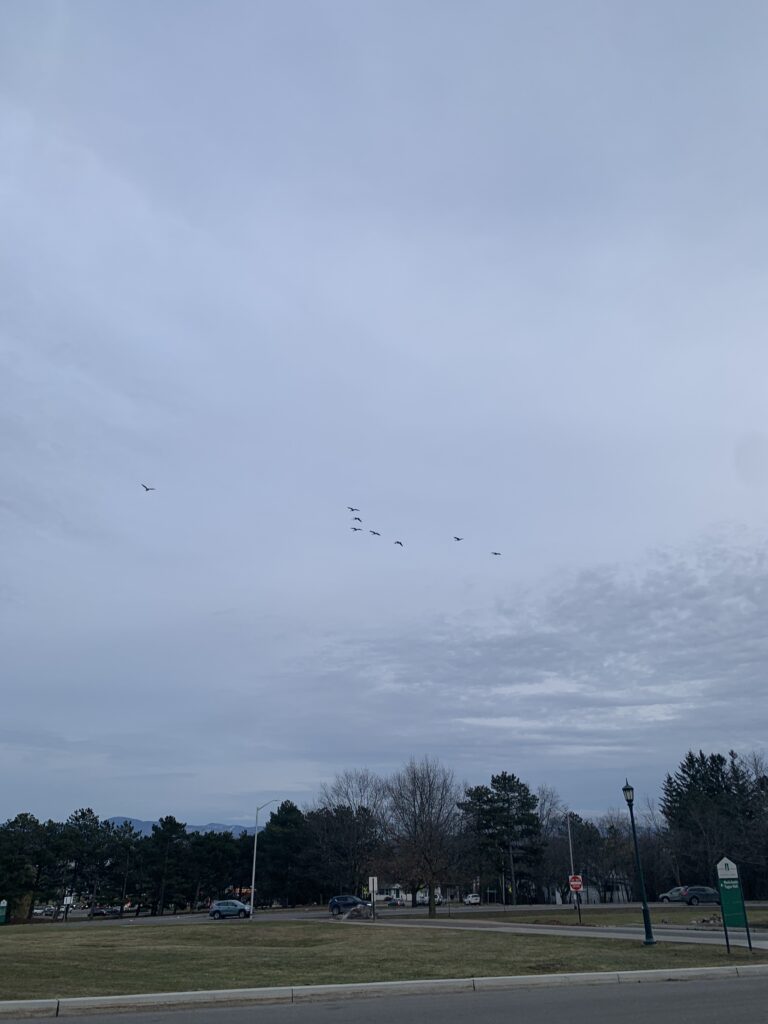
Downtown:
- Herring Gulls
- Feral pigeons
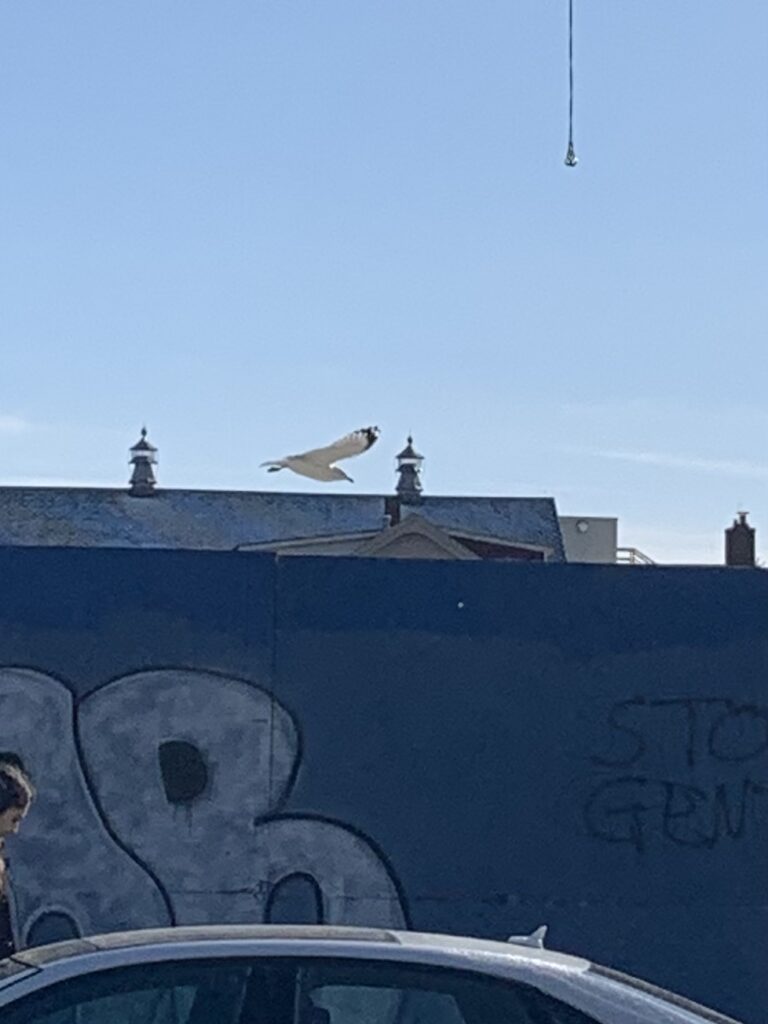
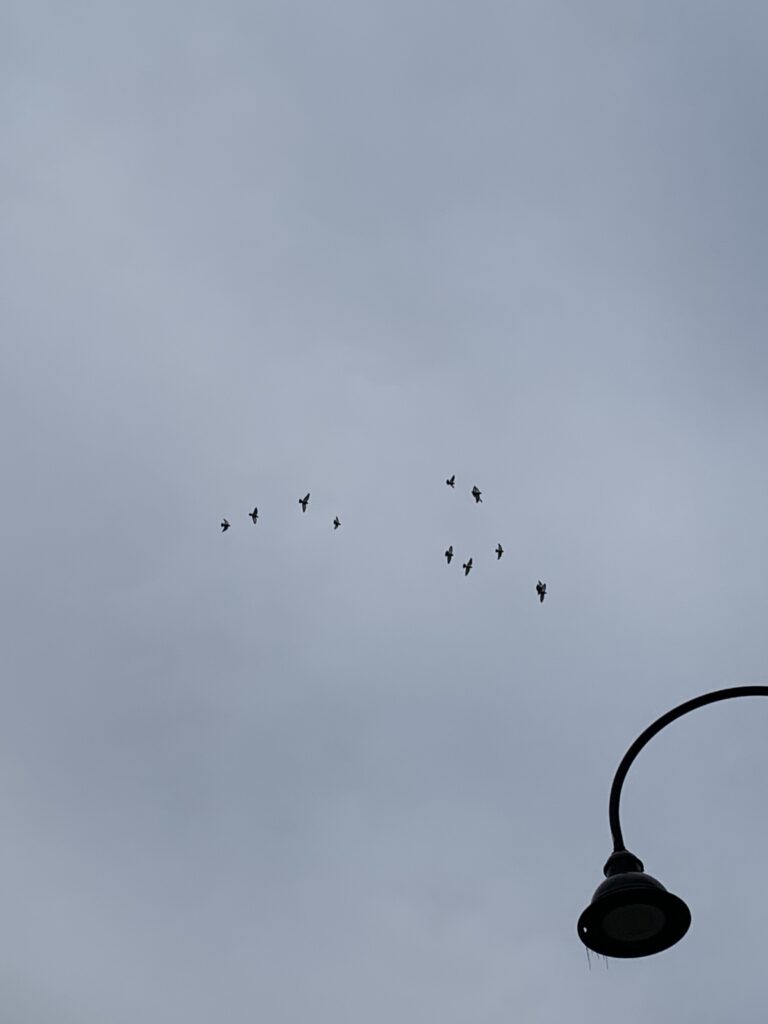
Battery Park:
- Downy Woodpecker
- Feline and canine prints, most likely domestic


Waterfront Park:
- Mallards

Identification Process
I had the most difficulty identifying the gulls and woodpecker, as they were quite far away. The most common gulls in Burlington are Herring and Ring-billed, the most notable difference being the Ring-billed gull has a black ring on its bill. The gulls I saw downtown did not appear to have this marking, so they were probably Herring. I did not physically identify the gull on Redstone campus, but I believe it was Ring-billed as they are often seen inland in human-dominated spaces.
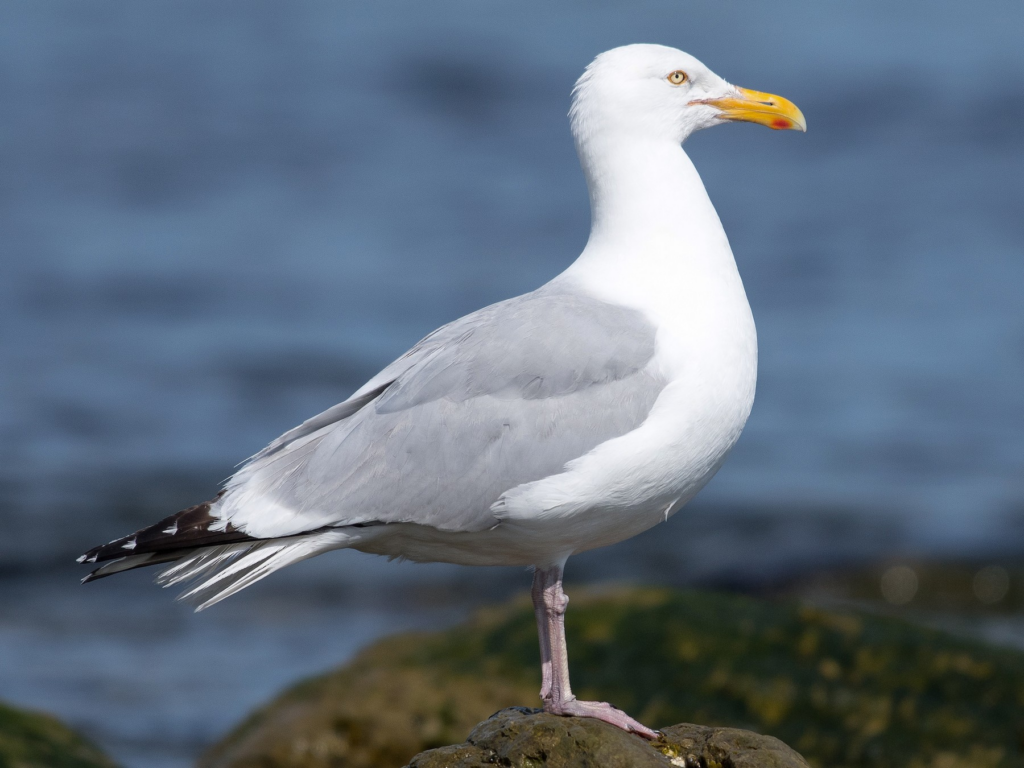

The woodpecker in Battery Park was small and black and white with a red patch on its head. Unfortunately, this describes both Downy and Hairy Woodpeckers. The main distinction between these two species is that Downy Woodpeckers have a much smaller bill, which I believe aligned with the one that I spotted.

The only mammal signs I encountered were prints along park trails. The vast majority were canine but did not have a clean direct register and seemed to wander, which makes me suspect they were all domestic dogs. The only other prints I found had four toes and were feline in shape. They were about 2.5×2.5 cm, had a diagonal pattern, and had some direct registering that varied in overlap. I believe they were slightly too small and in too urban a location to be a bobcat, so it was likely a feral or domestic cat.

